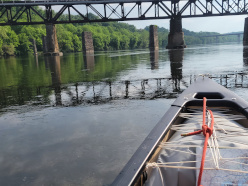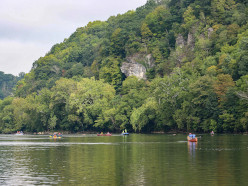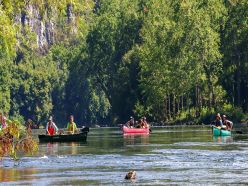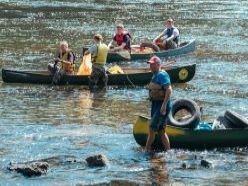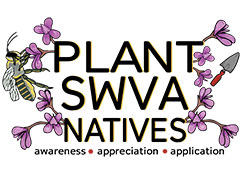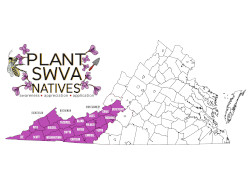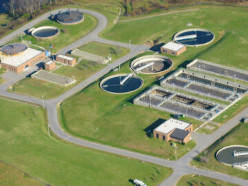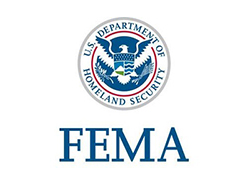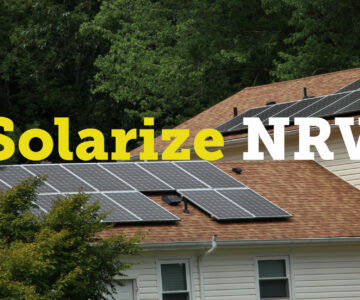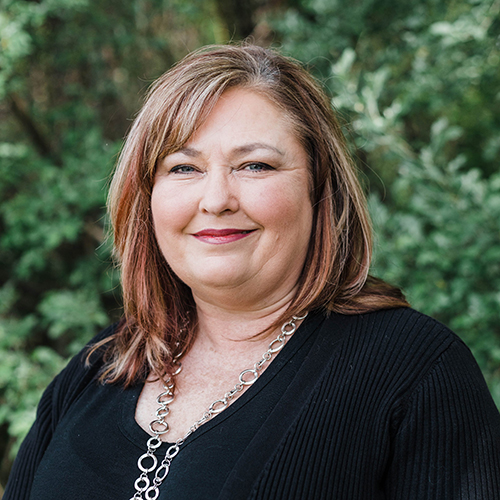In the New River Valley, natural resources support the local economy in numerous ways. Breathtaking views and natural landscapes contribute to the quality of life that attracts new businesses and residents to the region. Natural resources also provide less visible services, such as mitigating flood impacts, filtering air pollutants, enabling groundwater recharge, pollinating crops, and conserving soils. The objective of natural resource planning is to ensure the continued availability of natural resources and the benefits they provide for current and future generations.
Natural resource planning in the region includes participants representing local governments, regional non-government organizations, state agencies, as well as several dedicated citizen representatives. The regional commission can assist local governments and communities by identifying, conserving, and preserving their natural resources.
The Virginia Disaster Assistance Fund (VDAF) is a $50 million state program providing financial relief to Virginians whose homes, businesses, farms, or community infrastructure were destroyed or heavily damaged by Tropical Storm Helene or the February 2025 storms, and funding mitigation projects to protect against future disasters.
Funding is distributed through local governments and Planning District Commissions to ensure assistance reaches residents quickly and fairly.
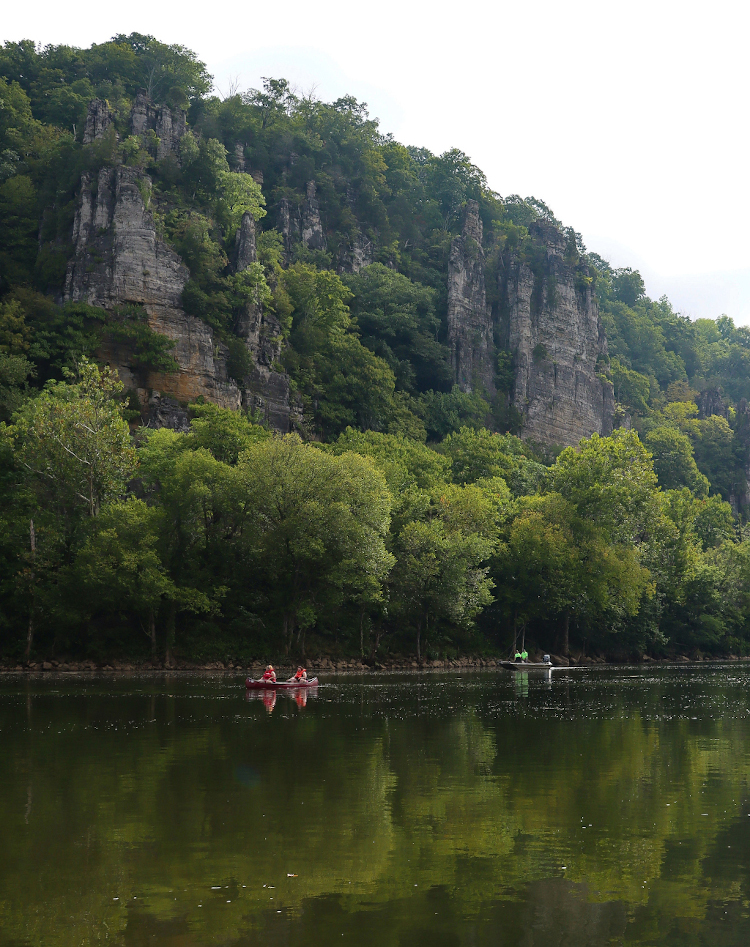 The Regional Commission continues to support communities along the New River in advancing the New River Water Trail. Giles County launched the New River Water Trail in 2010. In 2020 the Regional Commission received funding from the Appalachian Regional Commission to better understand how and where to expand the New River Water Trail.
The Regional Commission continues to support communities along the New River in advancing the New River Water Trail. Giles County launched the New River Water Trail in 2010. In 2020 the Regional Commission received funding from the Appalachian Regional Commission to better understand how and where to expand the New River Water Trail.
The project team applied for implementation funds in 2022. The resulting report can be read here.
Featured Projects
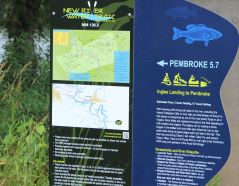 Since 2016, the Regional Commission has been hosting local and state government representatives, businesses, university educators, student groups, advocacy groups, and the public, in conversations about the New River watershed. Quarterly meetings are open to the public and typically held in a hybrid environment so people can join remotely. The meetings provide an opportunity for those interested in the watershed to share updates on projects and programs while preparing for joint activities such as the region-wide river clean-up called, ReNew the New, which takes place each fall. ReNew the New was expanded to a regional event in 2016. 5 tons of trash and 159 tires have been removed from watersheds in the region by 589 volunteers.
Since 2016, the Regional Commission has been hosting local and state government representatives, businesses, university educators, student groups, advocacy groups, and the public, in conversations about the New River watershed. Quarterly meetings are open to the public and typically held in a hybrid environment so people can join remotely. The meetings provide an opportunity for those interested in the watershed to share updates on projects and programs while preparing for joint activities such as the region-wide river clean-up called, ReNew the New, which takes place each fall. ReNew the New was expanded to a regional event in 2016. 5 tons of trash and 159 tires have been removed from watersheds in the region by 589 volunteers.
Click here for Upcoming meeting information available in the Calendar.
Click here to view meeting agendas and minutes available in library.
Featured Projects
Many services native plants provide are bird, bee and butterfly habitat, reduced lawn maintenance, and support of healthy water systems. The New River Valley Regional Commission began collaborating on the Plant SWVA Natives Campaign in 2019. Since then, the project has grown to include partners across Southwest Virginia.
The objectives of the Plant Virginia Natives and its regional counterparts, like Plant SWVA Natives, are to increase demand and use of Virginia native plants; increase the availability of native plants at local plant retailers; increase understanding and identification of what a native plant is, why it is important, and what it looks like; increase Virginia grown native plant stock; and, increase collaboration and coordination among partners interested in native plant education.
Featured Projects
Natural disasters and their aftermath have long affected humans and the built environment. Hazard mitigation is about preventing or minimizing the physical, financial, and human impacts of natural disasters. The Federal Emergency Management Agency (FEMA) describes hazard mitigation as “sustained actions taken to reduce or eliminate long-term risk from hazards and their effects.” While the region’s primary natural hazard is flooding, residents and businesses will be familiar with the impacts of drought, wildfire, severe winter weather, tornados, and high winds whether they rise to the level of a presidential-declared disaster or not. The Regional Commission supports our members in identifying strategies and projects both local and regional to reduce the loss of life and/or property due to these natural hazards. Our support of these efforts includes the five-year plan update and grant writing and administration for the FEMA grant programs that support mitigation work.
Featured Projects
The Regional Commission is seeking ways to enhance the amount of solar energy installed in the region. Solar energy uses a renewable energy source – the sun – and provides many benefits for individuals and the community. It improves environmental quality by reducing carbon emissions and air pollution, supports local solar companies in Virginia, saves money on energy costs as the price continues to drop from technological developments, and improves electric grid resilience during peak demand and other stresses to the system.

